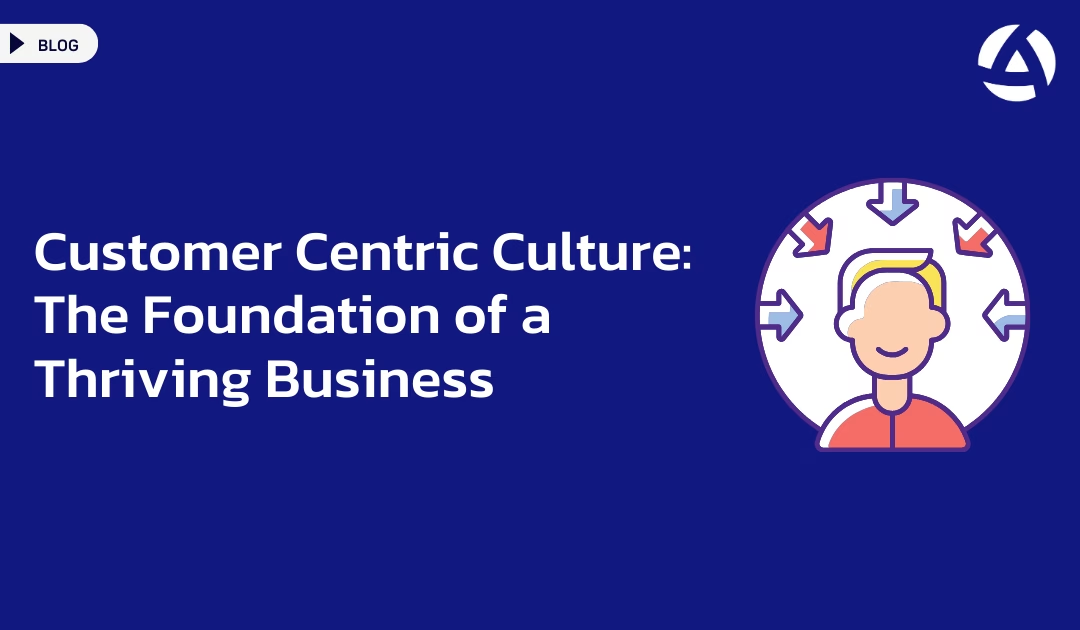Traditional customer experience metrics have reached their limits. Companies now require advanced customer experience analytics to compete effectively and respond to shifting customer demands. The rise of AI has fundamentally changed how businesses gather, process, and use customer feedback, creating new opportunities for those ready to adapt.
Why Traditional Customer Experience Approaches Fall Short
Gone are the days when feedback was confined to occasional surveys and rigid metrics. Today’s customer insights are multidimensional, with up to 80% of valuable data hiding in unstructured formats—from open-ended survey responses to social media comments, reviews, support tickets, and chat conversations. This vast frontier of untapped knowledge represents both a challenge and an opportunity for forward-thinking businesses.
Traditional approaches simply cannot handle this complexity. They’re too slow, too limited in scope, and fail to provide the actionable insights needed to make timely decisions. In a business environment where agility is paramount, waiting months for results isn’t just inefficient—it’s potentially catastrophic.
The Evolution of Customer Experience Analytics
Modern customer experience analytics goes far beyond simply surveying customers and closing the feedback loop. While improving satisfaction and reducing churn remain important goals, today’s CX leaders are leveraging comprehensive analytics to:
- Quantify the impact and severity of issues across the organization
- Detect abnormalities that exceed acceptable thresholds in real-time
- Alert teams to address pressing concerns before they escalate
- Tap into competitor intelligence and external data sources
- Drive revenue-boosting conversions and increase share of wallet
This holistic approach to customer experience measurement delivers tangible business outcomes that directly impact the bottom line.

Why Organizations Need AI-Powered CX Analytics Now
No organization can afford rigid and inflexible solutions, lengthy integrations, or the burden of locking in technical resources while exceeding budgets. The business landscape demands:
- Speed and efficiency: Save months with ready capabilities that provide immediate insights instead of lengthy implementation cycles
- Deeper insights without technical overhead: Access analytics up to 10X faster without spending hours on manual tagging in spreadsheets
- Democratized access to customer insights: Eliminate dependencies on specialized technical teams to gather and interpret customer feedback
- Comprehensive data collection: Instantly collect voice of customer feedback from surveys and 100+ data sources
The New Standard: oCX as a Pioneer Metric
As Net Promoter Score (NPS) evolves from a stand-alone metric to part of a more comprehensive approach, observational Customer Experience (oCX) is emerging as a pioneer metric in the field. This innovative approach allows businesses to:
- Measure customer experience quality without explicitly asking for feedback
- Generate actionable insights through AI-powered analytics
- Sustain satisfaction, increase staff efficiency, and maintain positive perception
- Receive specific recommended actions based on current performance metrics
Preparing for the Future of Customer Experience
To stay competitive in this new era of customer experience analytics, organizations must embrace solutions that enable them to:
- Gather insights from unstructured data at scale
- Implement real-time anomaly detection with automated alerts
- Quantify the business impact of customer experience issues
- Build organization-wide awareness of critical issues
- Act quickly with specific, data-driven recommendations
The companies that will thrive in tomorrow’s business environment are those that recognize the strategic value of comprehensive customer experience analytics today. By implementing tools that deliver immediate results rather than months-long projects, they can transform customer feedback into a powerful competitive advantage.
The future of customer experience isn’t about collecting more data—it’s about making that data work harder and smarter for your business. With AI-powered analytics, organizations can finally unlock the full potential of their customer interactions, driving growth and building stronger, more profitable relationships.
Comprehensive Metrics That Drive Results
With Alterna’s customer experience analytics platform, you gain access to a robust suite of metrics that provide complete visibility into your customer experience performance. The platform enables you to track and analyze key indicators including:
- oCX (observational Customer Experience): A pioneer metric that measures overall experience quality
- NPS (Net Promoter Score): Traditional loyalty measurement enhanced with AI analysis
- Sentiment Distribution: Visualize the emotional tone across all customer interactions
- Negativity and Positivity Indexes: Quantify the balance of positive and negative feedback
- Average Score: Track overall performance across all touchpoints
- CSAT (Customer Satisfaction): Measure satisfaction with specific interactions
By combining these metrics in a single dashboard, Alterna gives you a comprehensive view of your customer experience landscape, allowing you to identify trends, spot issues, and recognize opportunities for improvement without switching between multiple tools.
Are you ready for the future of customer experience analytics?
Frequently Asked Questions
How is AI-powered customer experience analytics different from traditional methods?
AI-powered analytics can process unstructured data from multiple sources simultaneously, identifying patterns humans might miss. Unlike traditional methods that rely on structured surveys and manual analysis, AI systems can analyze customer feedback across channels in real-time, automatically categorize issues, and suggest specific actions without requiring technical expertise.
What ROI can companies expect from implementing customer experience analytics?
Companies implementing comprehensive customer experience analytics typically see returns in three key areas: increased customer retention (reducing churn by 10-30%), operational efficiency (resolving issues up to 10X faster), and revenue growth (through improved conversion rates and higher share of wallet). Most organizations begin seeing measurable results within weeks rather than months.




